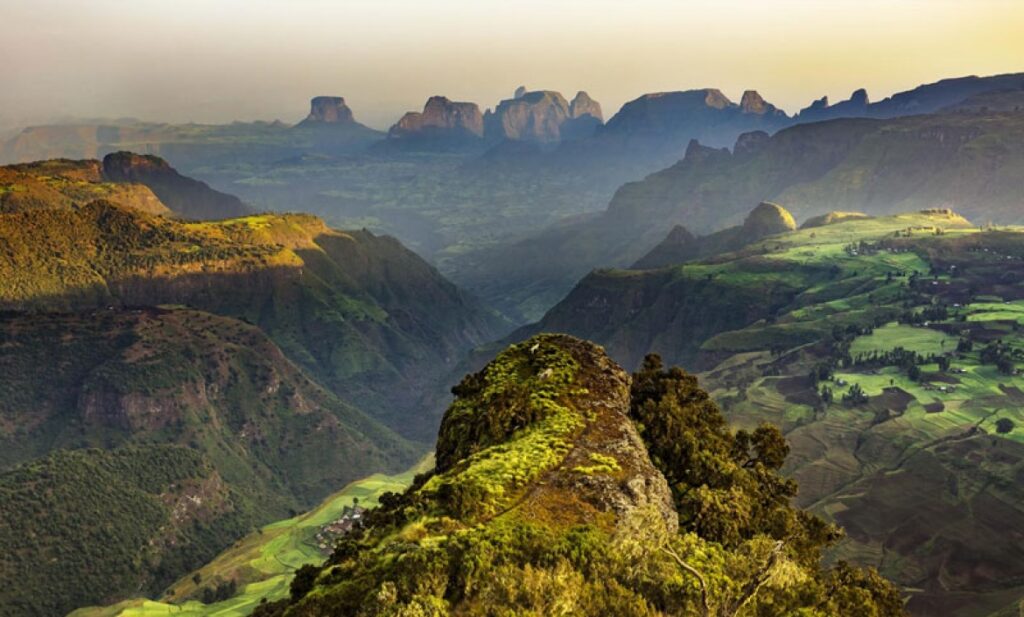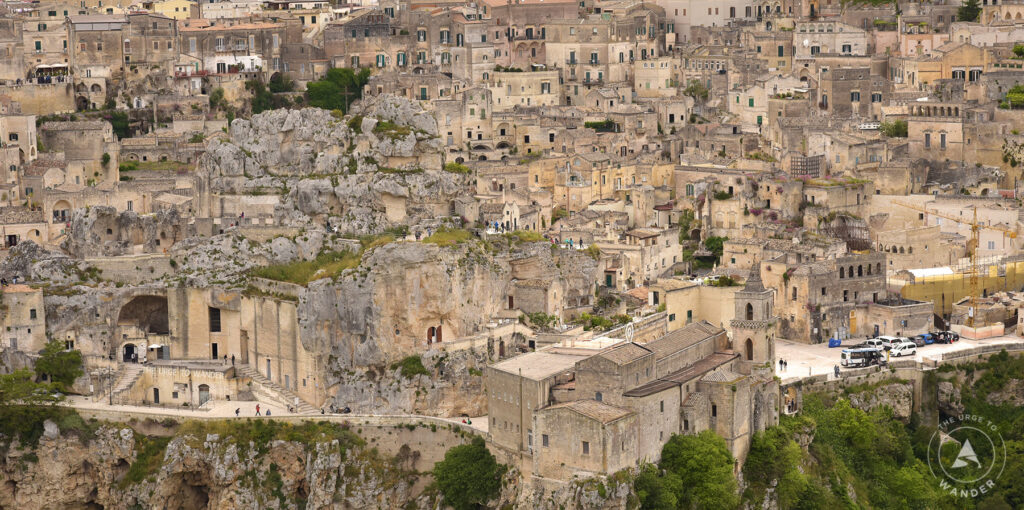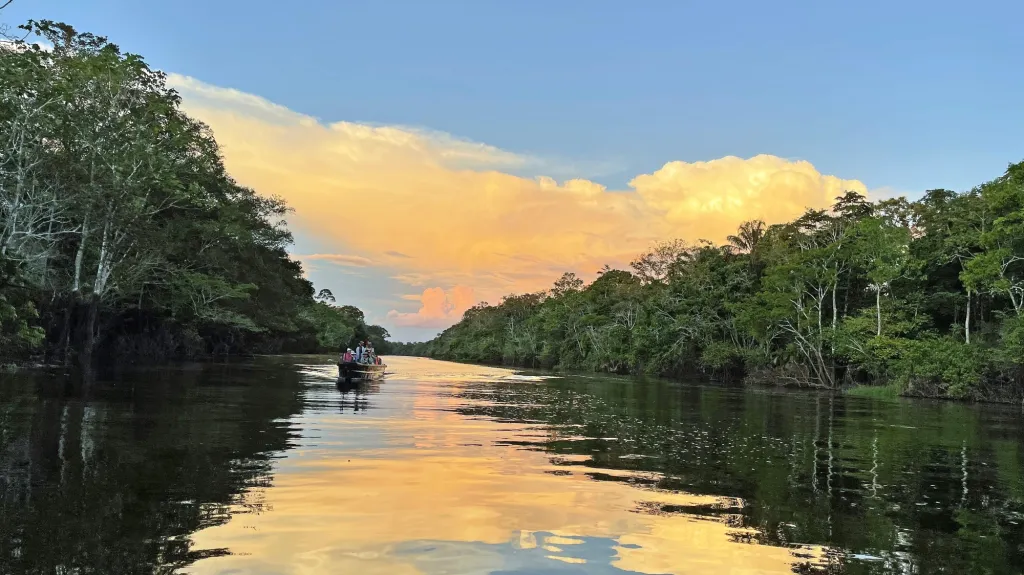In a significant cultural milestone, UNESCO has announced the designation of a new set of World Heritage Sites, recognizing and celebrating the diverse cultural and natural heritage across the globe. This year’s selection includes locations that highlight humanity’s rich history and the planet’s remarkable natural beauty, underscoring the importance of preservation and international cooperation.
Among the newly designated sites is the ancient city of Nan Madol in Micronesia, a series of small artificial islands linked by a network of canals. Often referred to as the “Venice of the Pacific,” Nan Madol showcases the ingenuity and architectural prowess of the Saudeleur Dynasty, providing insight into the region’s pre-colonial history.

In Africa, the rugged landscapes of the Simien Mountains National Park in Ethiopia have been recognized for their unique biodiversity and stunning scenery. Home to rare species like the Ethiopian wolf and the Walia ibex, this park is a testament to the continent’s ecological wealth and the importance of protecting its natural habitats.

Europe’s cultural tapestry is enriched by the inclusion of the historic city of Matera in Italy. Known for its ancient cave dwellings and stone-carved churches, Matera offers a glimpse into human settlement dating back to the Paleolithic era. Its unique landscape and historical significance have made it a living museum of human history.

The Amazon rainforest, often called the lungs of the Earth, has also received recognition. Stretching across several South American countries, this vast expanse is crucial for global biodiversity and climate regulation. Its designation as a World Heritage Site emphasizes the urgent need to protect this vital ecosystem from deforestation and environmental degradation.

These new additions to the World Heritage list highlight the diverse cultural narratives and natural wonders that define our world. By recognizing and preserving these sites, UNESCO continues to promote global heritage and foster a sense of shared responsibility in safeguarding our planet’s legacy for future generations.
